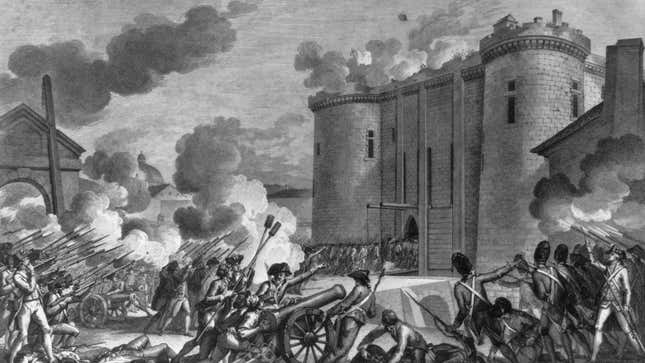What's Up With the French Nobility These Days?
In Depth

The “House of Terror” episode of the rebooted Unsolved Mysteries in fact contains multiple mysteries. First: Where is Count Xavier Dupont de Ligonnès, the man whose entire family was brutally murdered before his highly suspicious disappearance in 2011? Second: Why on Earth do the French still have an aristocracy, centuries after the French Revolution, and what do they even do anymore?
Before the Revolution, French aristocrats were some of the richest, most powerful people on earth—even after Louis XIV clipped their wings in the 1600s, forcing them to spend more time dancing attendance on him at Versailles in lavish style. But, of course, the over-the-top opulence backfired, and the palace came to symbolize everything that was wrong with the ancien regime, where aristocrats gambled and schemed and lived large while vast numbers of the French suffered and starved. Hence: revolution. One of the first orders of business was doing away with noble status, the National Assembly effectively abolishing aristocracy in 1790.
But that wasn’t actually the end of aristocracy in France—far from it. There are, in fact, several different batches of French nobility. This video from France 24 lays it out pretty helpfully. Before the revolution, under the ancien regime, there were 17,000 noble families, which Madame Guillotine and the rest of the turmoil winnowed down to 2,800. Then along came Napoleon, who created his own batch of nobles, as did the Bourbons when they were restored to power after Napoleon was defeated, as did Napoleon III, the last French monarch.
-

-

-

-

-

-

-

-

-

-

-

-

-

-

-

-

-

-

-

-

-

-

-

-

-

-

-

-

-

-

-

-

-

-

-

-

-

-

-

-








































